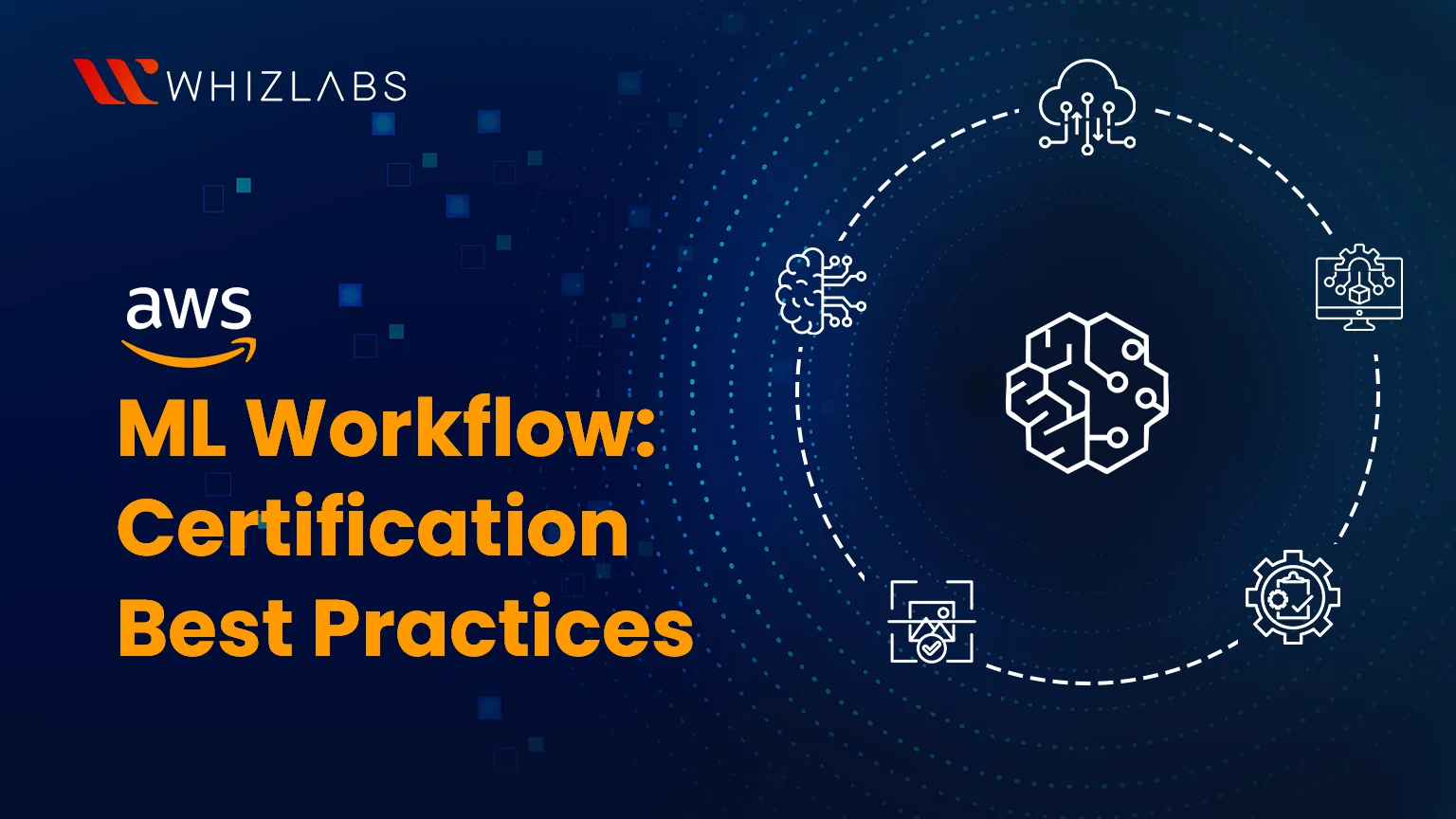Whizlabs
3d
265

Image Credit: Whizlabs
AWS ML Workflow: Certification Best Practices
- This article explores the best practices of AWS Machine Learning (ML) workflows to help optimize and automate ML models on an advanced level and earn an AWS certification.
- The machine learning workflow on AWS involves data collection and preparation, model training and evaluation, model deployment, and monitoring and retraining the model.
- AWS Glue and S3 are used for data storage and preparation, while Amazon SageMaker is used for model training and evaluation.
- Best practices for AWS ML workflows include attaining scalability through managed services, automating data pipelines, optimizing for cost, monitoring and retraining models, leveraging SageMaker pipelines, and mastering data management.
- To earn an AWS Machine Learning certification, it is important to study the exam guide, create a study plan, focus on key concepts, gain hands-on experience, automate workflows, optimize for cost, master data management, leverage AWS training resources, study documentation and questions, and go through AWS case studies.
- A case study is also presented, wherein a healthcare organization aims to predict patient readmission using ML on AWS.
- Mastering AWS ML workflows is important for increasing prospects in the field and optimizing the deployment of models on AWS.
- Hands-on experience is essential before taking the AWS Certified Machine Learning – Specialty or AWS Certified Machine Learning Engineer Associate exam.
- One can also use the free AWS Sandbox service to build, train, and deploy different machine learning models without any risk.
Read Full Article
15 Likes
For uninterrupted reading, download the app